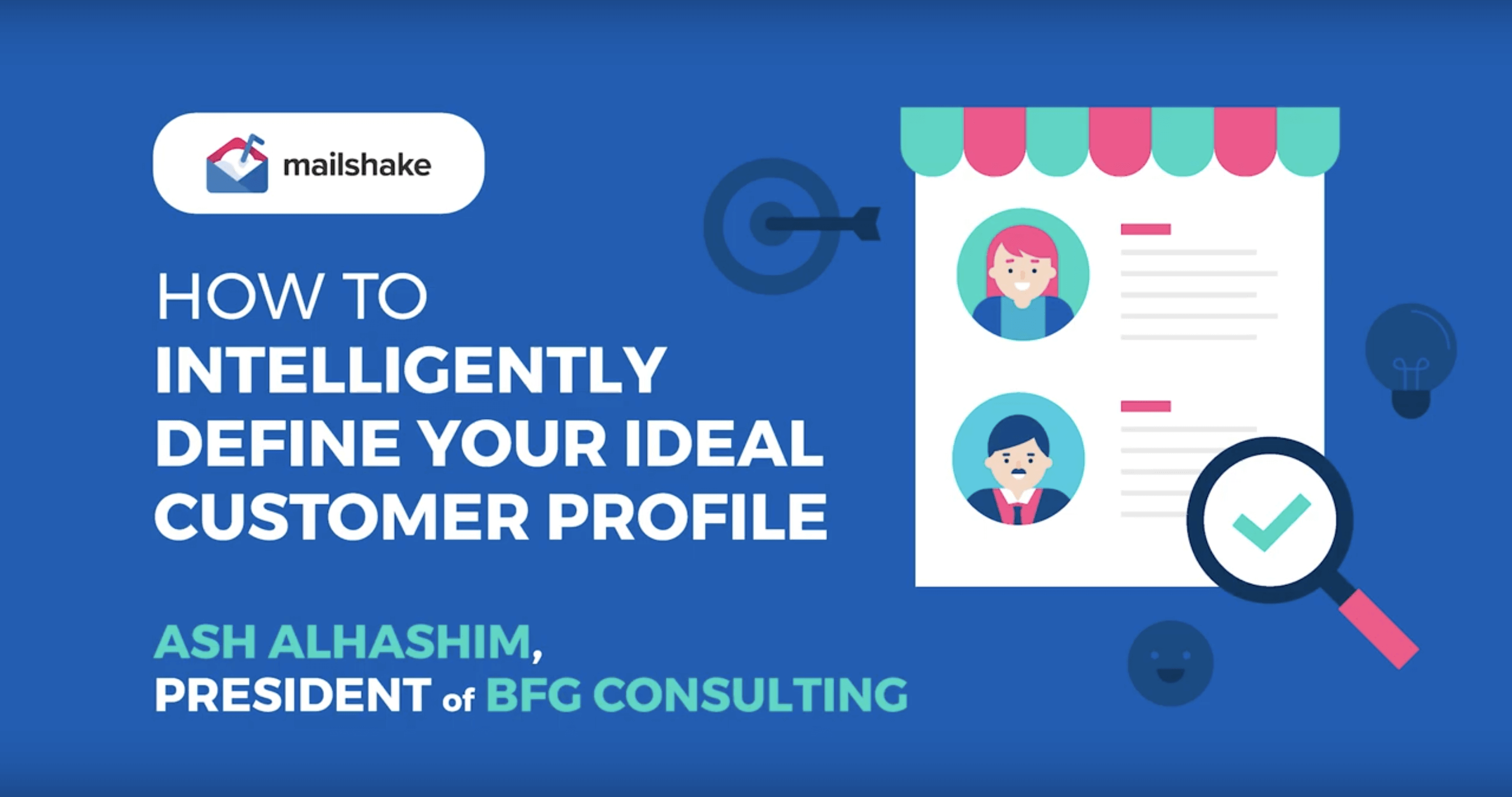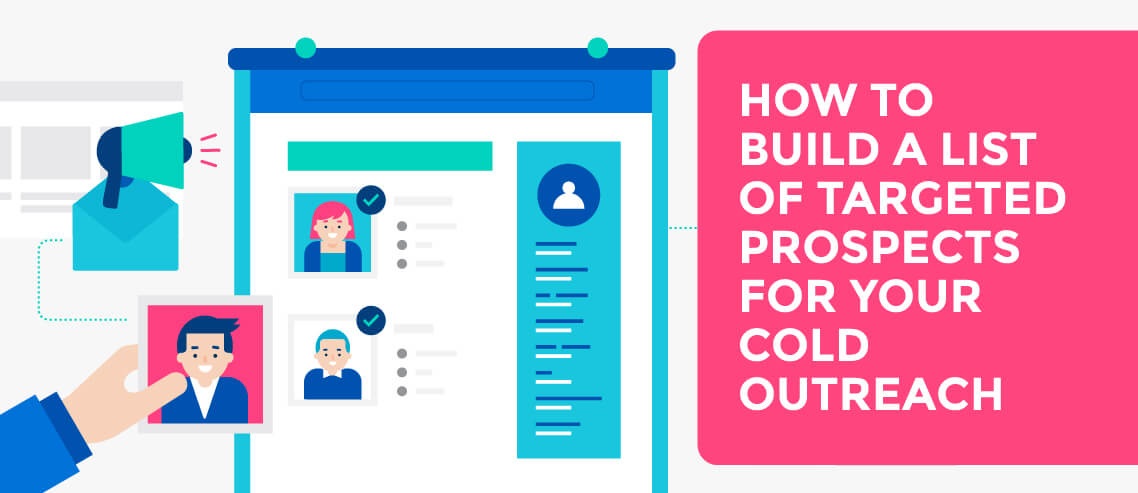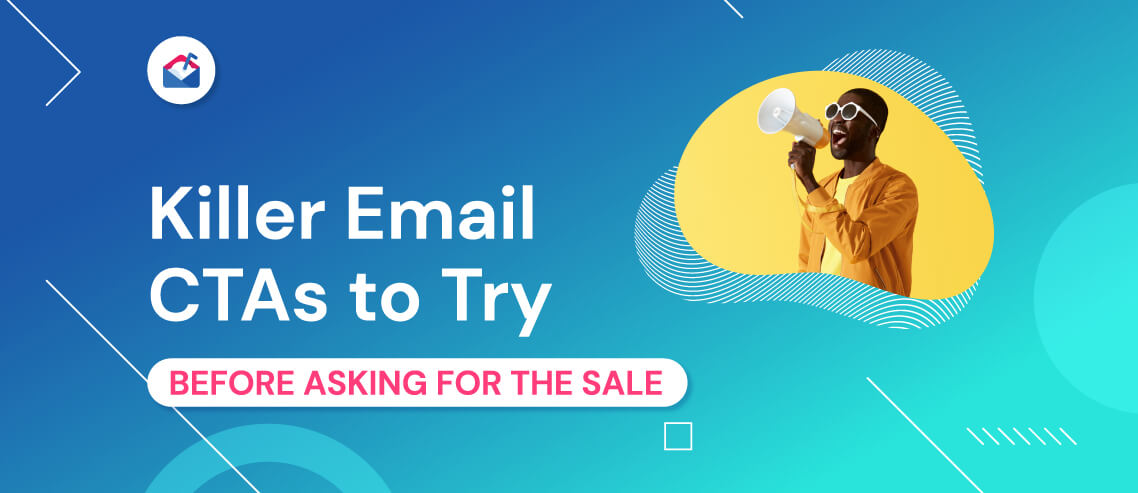20 Steps to Optimize Your Social Profiles for Selling
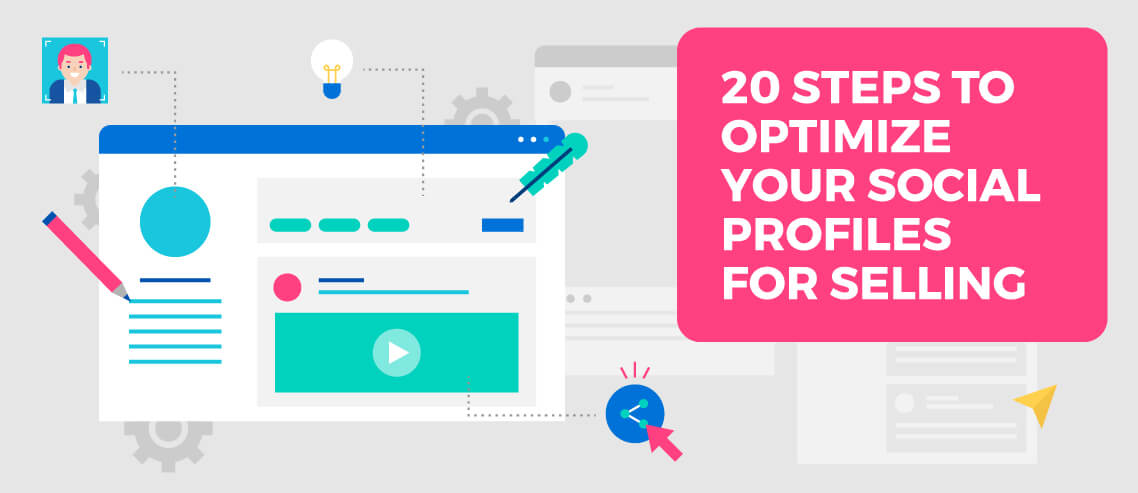
Contents
Social selling isn’t as much an option as it is a requirement for salespeople these days. According to data gathered by Super Office, “90% of top-performing sales people now use social media as part of their sales strategy, and for sales reps that do invest in social media, 64% of them hit their team quota – compared to only 49% of reps hitting their team quota that don’t use social media.”
That said, before you can start using social selling techniques, you need to optimize your social profiles so that they can support your efforts (rather than hinder them). Here’s what to do to get started with the most popular networks.
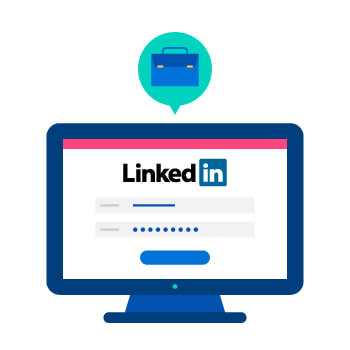
LinkedIn is the most obvious starting point for any salesperson interested in social selling. Not only is it the most business-oriented of all the social networks, but David Fisher writes that there are three scientific reasons to establish a presence here:
- The recency heuristic, which suggests that the things that are remembered most easily are also the most credible. Every time you engage with something on LinkedIn, your followers get pinged and are reminded of you, increasing your credibility as well as keeping you top-of-mind.
- The halo effect, through which we take one attribute of something and extend it to other areas. If your followers see you posting authoritative information on LinkedIn, they’ll naturally assume that same authority extends to other areas of your life and business.
- Anchoring, which causes us to give the first piece of information we encounter on a given topic greater weight. When you share useful content on LinkedIn, you’re effectively anchoring your personal brand on ideas of competency and expertise.
Put these three effects into practice with the following seven tips:
1. Have a professional headshot taken. Skip the funny pictures – according to LinkedIn data, profiles with photos get 21x more views and 36x more messages.
2. Write a killer headline. Hubspot contributor Aja Frost offers four suggestions for writing your headline: tailor it to your audience, include your value proposition, use your prospect’s language and avoid hyperbole.
3. Write a short and sweet – yet impactful – bio. According to Hootsuite, keep the following four pieces of information in mind: include what you’re passionate about, what brought you to the business, what you do in your current role and what your company does.
4. Publish original content to your profile. To take full advantage of the recency heuristic and halo effect described by Fisher, update your profile regularly with interesting, original content. If you aren’t sure what to write, think about the questions your prospects ask you most frequently. Write up your answers in a helpful, non-commercial way to establish your authority within your field.
5. Share content from your Groups and your connections. If you’re short on time (or if you aren’t a confident writer), you can achieve many of the same effects by sharing content from the Groups you participate in or the people you’re connected with instead of your own. Sharing the content of prospects you’re trying to connect with has the added bonus of turning a cold contact into a warmer lead.
6. Turn off LinkedIn’s setting that allows you to view others’ profiles anonymously. That way, your name will appear on prospect’s profiles before you do your cold outreach to them.
7.Request endorsements, but carefully. Endorsements are clearly valuable, but don’t spam all of your connections with requests. Instead, wait until you’ve built relationships and established your value before you ask. If your requests aren’t panning out, many LinkedIn users find that you need to give endorsements to get them.

LinkedIn should be an obvious first stop for salespeople, but don’t sleep on Facebook. According to the 2017 State of Inbound report by Hubspot, salespeople have more success reaching buyers on this platform than LinkedIn.
But if you’re going to commit to Facebook, you’ve got a choice to make: whether to make your personal profile public so that it can be viewed by prospects, or to set up a separate public page. Your company may have some guidance on how they prefer you to engage; otherwise, choose based on how you use Facebook in your private life or what’s standard in your industry.
Once you’ve chosen a direction, take the steps below to optimize your profile for selling:
1. Use a professional headshot as your profile image. Although Facebook is a more casual network in general, keep your profile picture professional.
2. Make sure your job information is up to date. When set up correctly, your current position and company should appear under your profile picture.
3. Follow popular media pages in your industry so that you’ll have something to share. As on LinkedIn, you should be regularly sharing helpful content to your feed. Following relevant sources makes curating this content easier.
4. “Like” the company pages of the prospects you’re reaching out to. Doing so will allow you to stay current on new developments at the company and may result in your prospect receiving a notification of your activity (if they’re designated as administrators of the company page).
5. Share big wins from your job. Keep the focus on the people you’ve helped – not your role in the process – so that other prospects can put themselves in the shoes of your current customers.
6. Use Facebook posts to show your personality. Even if you’re using Facebook professionally, the content you share doesn’t have to be dry. The occasional post about your family, hobbies or the causes you support can create a more personal connection with your professional contacts.
7. If you use a public page, request a custom URL. You may need to have 25 “likes” to be able to set one, but once you’re over this threshold, reset your URL to a clean version of your name to be more searchable (as a heads up, you can only ever change this custom URL once, so think carefully about your selection).
As a word of caution when using Facebook for sales, remember that most people use the network for mindless fun. Very few people want to receive direct sales messages on the platform, while others may not want to accept friend requests from business contacts if their usage is more personal in nature. Only send friend requests or messages if you’ve established close relationships with your prospects or customers.
Many of the same guidelines that work on LinkedIn and Facebook apply equally to Twitter – another network that can be leveraged for possible sales opportunities. To get started:
1. Use a professional headshot. Although Twitter retired its classic egg avatar back in 2017, profiles on the platform without pictures still run the risk of being perceived as potential troll accounts. Avoid being lumped into this category inadvertently with a professional headshot profile picture.
2. Make your bio work-focused. You’ve only got 160 characters to work with, so keep them as tightly focused on your professional associations and achievements as possible. Check out the bios of other salespeople to get a feel for what works and what doesn’t.
3. Tag your company in your bio. Save a few of those 160 characters to tag your company in your bio to establish your professional credibility.
4. Tweet frequently to build a following. Sales success on Twitter is a numbers game – the more frequently you engage, the more traction you’ll gain. If you don’t have enough to say on your own, curate the content of others to fill the gaps.
5. Use a link shortener. Not only will this save space in your tweets, it’ll also make it possible to measure engagement and further optimize your future updates based on the kind of content your followers prefer.
6. Retweet others to establish yourself as a thought leader. Think of retweeting as having a conversation. Retweeting the right people inserts you into their conversations and extends their authority and credibility to you.
Other Platforms

Finally, although LinkedIn, Facebook and Twitter are “the big three” for social selling, your audience may be more active on other networks. Pay special attention to opportunities on:
- Snapchat
- Slack
Certain industries will be more inclined to use these different networks. Pinterest, for example, commands a more female audience, while Slack is more commonly used by those in the tech space. Do some digging on the platforms on which your audience is most active and then build your presence there, being careful to operate within the norms of the space to avoid being labeled a scammer.


